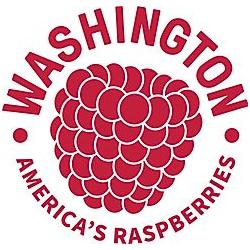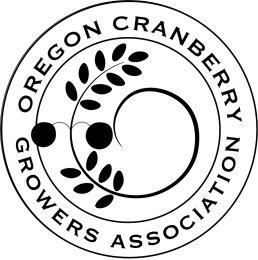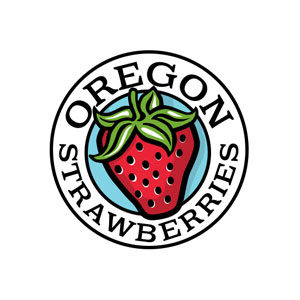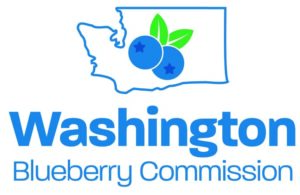Trials of Advanced Raspberry selections to evaluate suitability for IQF processing and to promote adoption
- Research Status: Project completed 2020 - 2023



Tom Walters* and

Grower reports of damage to crops has been variable, but with incidental claims of up to ~70% crop loss in a given year due to cane girdling by the beetle’s larvae. Control has been difficult and inefficient due to narrow windows of time for effective control (after adults emerge from canes, but before egg-laying begins 7 days later), and the lack of region-specific information to predict emergence and longevity of egg-laying activity. Our project objectives were: 1) to refine determinants of risk to PNW caneberry plantings from RSG through coordinated regional pest surveys, 2) to develop an enhanced integrated pest management (IPM) program with refined information on RSG detection methods, life cycle, and development of a pest management prediction model, and 3) to investigate biocontrol potential of a parasitoid wasp that may mitigate RSG’s viability and play a role in future IPM programs.
The project established that RSG is notably difficult to monitor for in real- time, and that trapping/detection methods that work for closely-related pests were inadequate for detecting RSG emergence. Detailed research would be required to determine a viable trapping/detection method. Nonetheless, through controlled experiments and our field scouting efforts we determined that approximately 900 accumulated degree hours ≥ 55°F after January 1 reliably predicts adults RSG emergence from canes, and hence the point when insecticides can begin to provide effective control. This information allowed us to build a RSG emergence prediction model using real-time weather station data and National Weather Service forecasts, and was added to WSU’s publicly-available pest models on AgWeatherNet, with options for pest alerts. The tool acts as an important alternative to the challenge of monitoring for adult beetle emergence, and minimizes chances of preemptive, ineffective insecticide applications made before emergence- it would have theoretically saved growers 7-10 insecticide applications per year in 2018-2021, and 13 applications in 2022. The tool is also timely because we confirmed in 2022 that RSG has begun establishing in the PNW’s principal raspberry production region in northwestern WA.
We were also able to identify that parasitoid wasps of RSG discovered by the project team were a single species, and that it was found throughout northern Willamette Valley and southwest WA. This wasp has only been observed as a parasitoid of RSG in one instance in New York in 1941, but it has not been found in western North America before, nor has it ever been employed as a biocontrol within an IPM program. The wasps appeared to have a notable impact on RSG populations observed between 2018-2022, but whether they can reliably be employed within an IPM program will need to be determined through future research.










